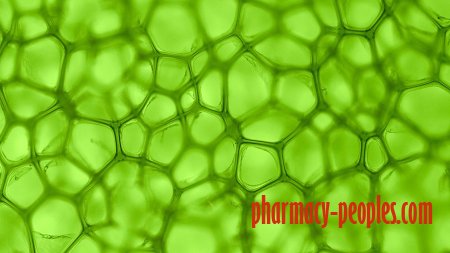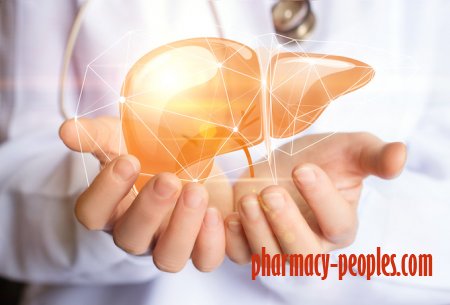Chlorophyll - natural cancer prevention
What is Chlorophyll?
The name chlorophyll is derived from two Greek words meaning “green leaf,” and was first isolated in 1817. It’s what gives plants their green color, and is involved in the process of photosynthesis, which helps plants absorb sunlight and convert it to energy
When it comes to humans, however, chlorophyll is a powerhouse: It’s packed with vitamins A, C, K, and E and minerals like magnesium, potassium, iron, and calcium. Not only that, it’s a great source of essential fatty acids.
6 Proven Chlorophyll Benefits
1. Helps Fight Cancer
Studies have found that chlorophyll and liquid chlorophyllin —a similar semi-synthetic mixture made in laboratories to be used in supplements, often called liquid chlorophyll — can bind to potential carcinogens and interfere with how they’re absorbed within the human gastrointestinal track. This helps stop them from being circulated throughout the body and reaching susceptible tissues, such as those within the joints or heart.
2. Improves Liver Detoxification
Another way by which chlorophyll might protect healthy cells and bodily tissue is by increasing phase II biotransformation enzymes. These promote optimal liver health and therefore the body’s natural elimination of potentially harmful toxins. Some early studies involving animals show that chlorophyllin may reduce the risk for aflatoxin-induced liver damage or liver cancer by increasing activity of these phase II enzymes and removing bodily toxins.
3. Speeds Up Wound Healing
Chlorophyllin seems to slow the rate at which harmful bacteria reproduce, making it beneficial for wound healing and preventing infections. Since about the 1940s, cholorphyllin has been added to certain ointments used to heal persistent open wounds in humans, such as a vascular ulcer and pressure ulcer. It’s been found to help lower inflammation caused by injuries or wounds, promote healing, and even control odors caused by bacteria accumulation.
4. Healthy Bones and Strong Muscles
Important minerals considered essential for keeping your bones healthy include calcium, vitamin D and magnesium. When you eat green plants, you take in a high concentration of magnesium, because of their chlorophyll content. According to the Office of Dietary Supplements, chlorophyll contains large amounts of magnesium, helping keep your bones strong. In the body, about 50 percent of magnesium is in the bones, and the remaining 50 percent is distributed in the cells, tissues and organs. You can find chlorophyll in green vegetables such as turnip greens, broccoli, green beans and frozen or fresh spinach. The recommended daily allowance for magnesium is 320 mg for women and 420 mg for men, and half a cup of frozen spinach supplies 75 mg.
The magnesium in chlorophyll also helps your muscles contract and relax and remain strong. Not eating chlorophyll deprives you of a huge supply of magnesium, and deficiency can make your muscles weak. MedlinePlus recommends you not overcook green vegetables, which can reduce the amount of natural chlorophyll.
5.Blood Pressure
One of the many benefits chlorophyll provides is maintaining normal blood pressure. The Office of Dietary Supplements reports that people who take chlorophyll, with its large supply of magnesium, have lower blood pressure compared to those who do not. Taking chlorophyll can also help you if you have Raynaud’s phenomenon, a rare disorder that affects the blood vessels in your fingers and toes and results in loss of blood flow to those areas. The magnesium component of chlorophyll appears to help maintain blood flow in these patients.
6. Improves Digestion and Weight Control
Another way that chlorophyll improves detoxification is by speeding up waste elimination, balancing fluid levels and reducing cases of constipation. Additionally, preliminary research shows chlorophyll benefits the metabolism and increases the likelihood of success with weight-loss efforts.



